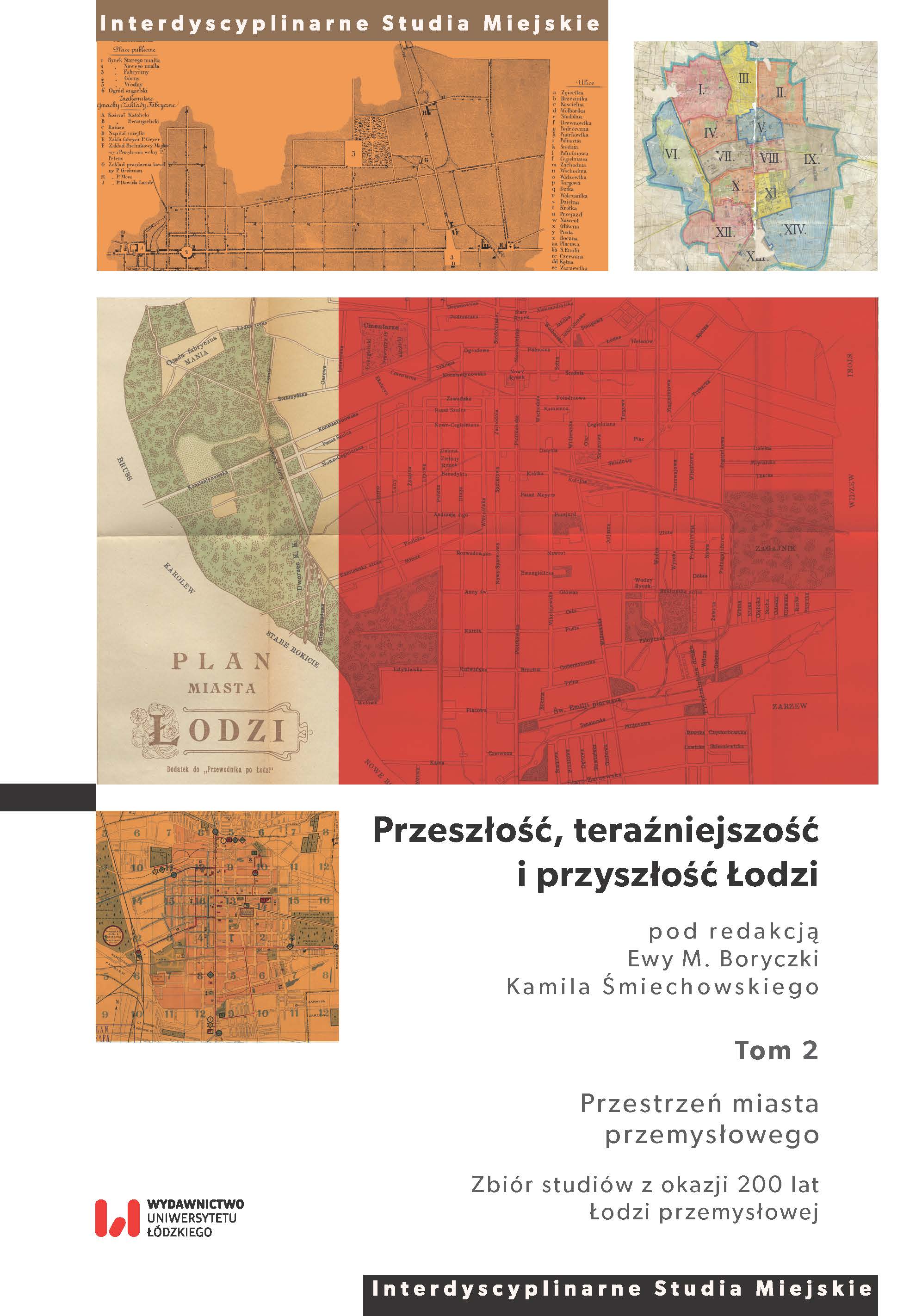Nieobowiązkowe elementy planowania przestrzennego i ich rola w zarządzaniu strategicznym na przykładzie Łodzi
Non-mandatory elements of spatial planning and their role in strategic management, using the example of Lodz
Author(s): Anna Aneta Tomczak, Robert Warsza
Subject(s): Geography, Regional studies, Tourism
Published by: Wydawnictwo Uniwersytetu Łódzkiego
Keywords: spatial strategy; urban policy; long-term use study; elements of planning; cultural landscape
Summary/Abstract: The paper discusses the non-mandatory elements of spatial planning and their role in strategic management. These, if properly shaped, can result in effective urban policy. The described individual components are necessary exaggerations and planning provisions that are most often absent from the formal documents, although they should be included as arguments to support the choices made by the local government authorities. Operational planning elements are essential in today’s urban management process. The most important of these include: (1) defining objectives in planning acts or their amendments, so that the documents are not just a formality, but can also be useful as an effective starting point for spatial operational policy; (2) identifying priorities, i.e. outlining the sequence of events; (3) coordination between parallel, social, economic and business activities, which should be mutually beneficial as a result of planning decisions. It is also important to have transparency when transferring the overall development goals into simple activities that, if executed together and in the right order, can produce the effects of a clear transformation of the urban space. These activities should be a component or a direct result of each planning study, regardless of its scale and impact. This chapter points out the optional elements of planning, using the city of Lodz as an example, indicating the direction of the city’s development based on a consciously chosen model of transformation, defining time perspectives and the zoning and sequence of investment activities. It also draws attention to the need to devel-op and implement greenery planning standards, identify local places of social integration, and achieve small potentials in the urban spatial policy.
- Page Range: 233-255
- Page Count: 23
- Publication Year: 2023
- Language: Polish
- Content File-PDF

